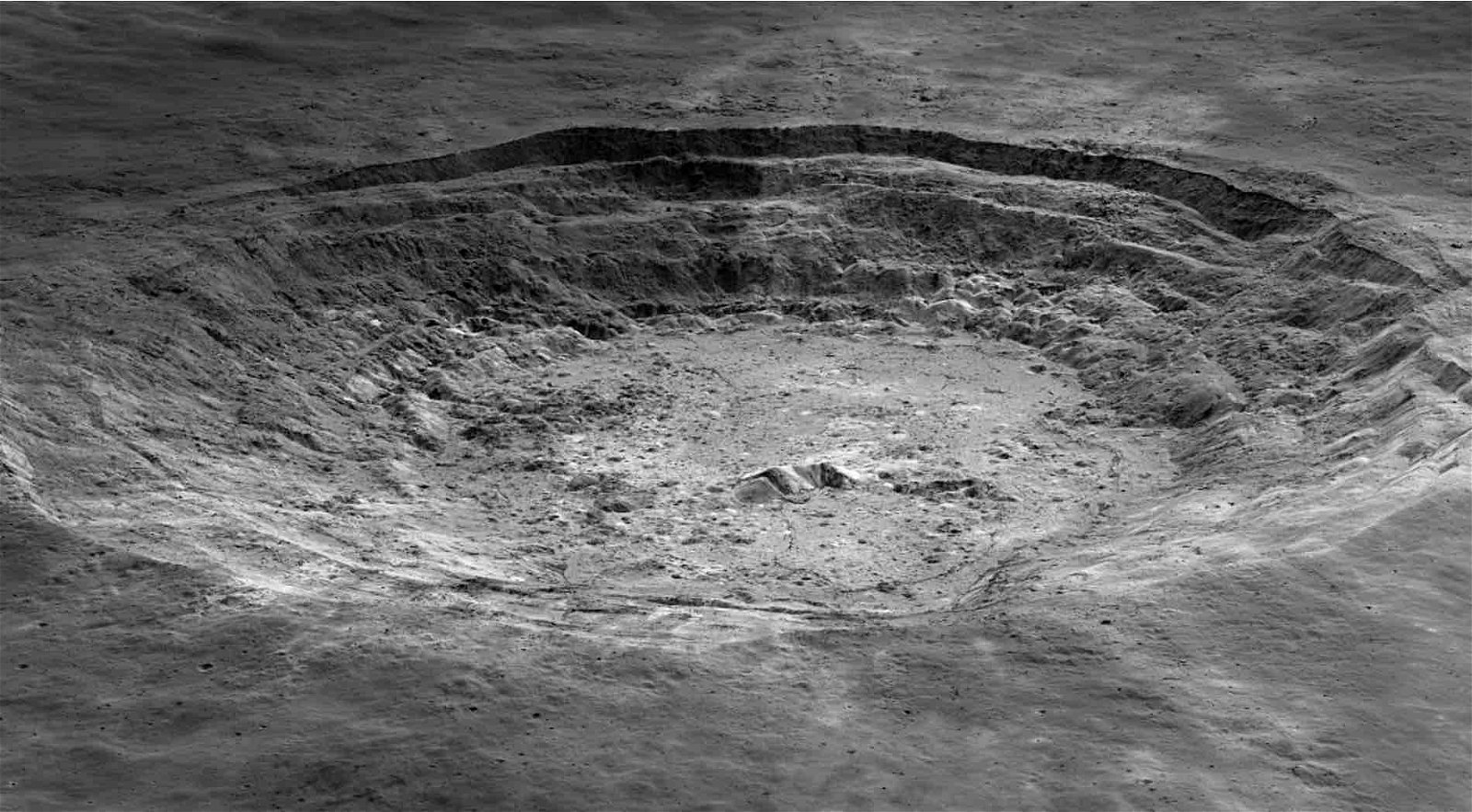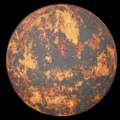A sample return mission carried out by China’s Chang’e-5 that collected and returned 1.73 kilograms of lunar regolith to Earth and discovered an all-new mineral in the process is helping expand our knowledge of the Moon and its mysteries.
The first sample return mission to have occurred since the Soviet era Luna 24 mission in 1976, Chang’e-5 collected regolith samples from the massive Oceanus Procellarum, where it located an unusual combination of silica minerals, as well as a newly recognized mineral dubbed Changesite-(Y).
During recent studies undertaken by researchers with the Chinese Academy of Sciences, the samples retrieved by Chang’e-5 were compared alongside both lunar and Martian regolith samples, allowing scientists an unprecedented opportunity to search for answers to their unique compositions.
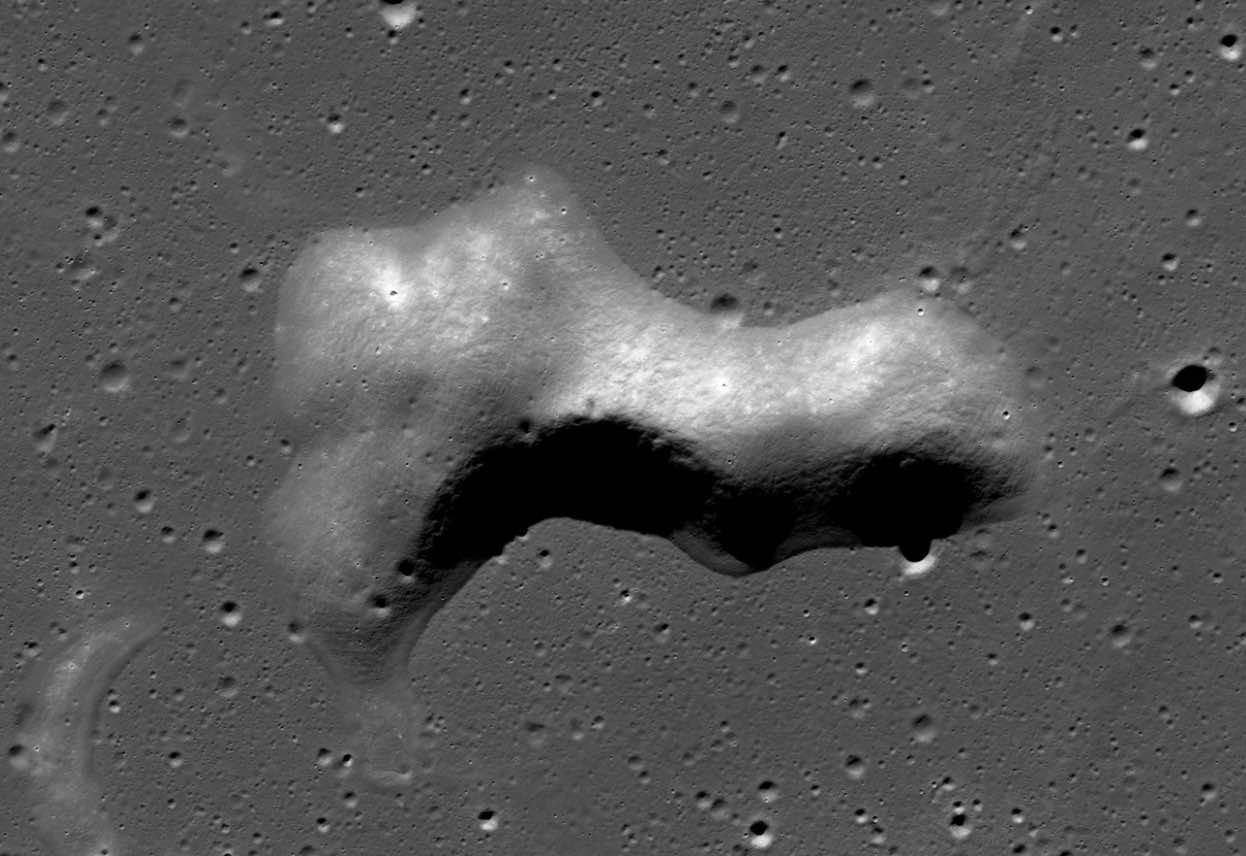

The recent analysis also revealed an intriguing connection to a location on the Moon associated with sightings of anomalous activity that has long intrigued astronomers.
Extensive markings cover the surface of the Moon, many of which are visible on its Earth-facing side. While often viewed as resembling a man’s face in the West, according to Chinese traditions these same darkened regions are likened to the Yutu the rabbit, companion of the Moon goddess Chang’e after whom the country’s lunar lander was named.
The formation of these craters and other features that score the lunar landscape are the result of objects crashing into its surface over extensive periods. However, craters aren’t all that were left behind during these ongoing collisions.
During the extreme conditions that occur when asteroids and comets impact the lunar surface, alterations to the mineral composition and structure of the Moon also occur. Specifically, temperature and pressure conditions lead to changes that have certain characteristics that include the formation of silica variants known as polymorphs, offering researchers a valuable opportunity to analyze the resulting minerals and reveal clues about their past.
Wei Du, one of the authors of a new paper describing the Chinese team’s findings, says that although craters covering the Moon number in the tens of thousands, the presence of minerals that are formed as the result of intense pressure still isn’t very common.
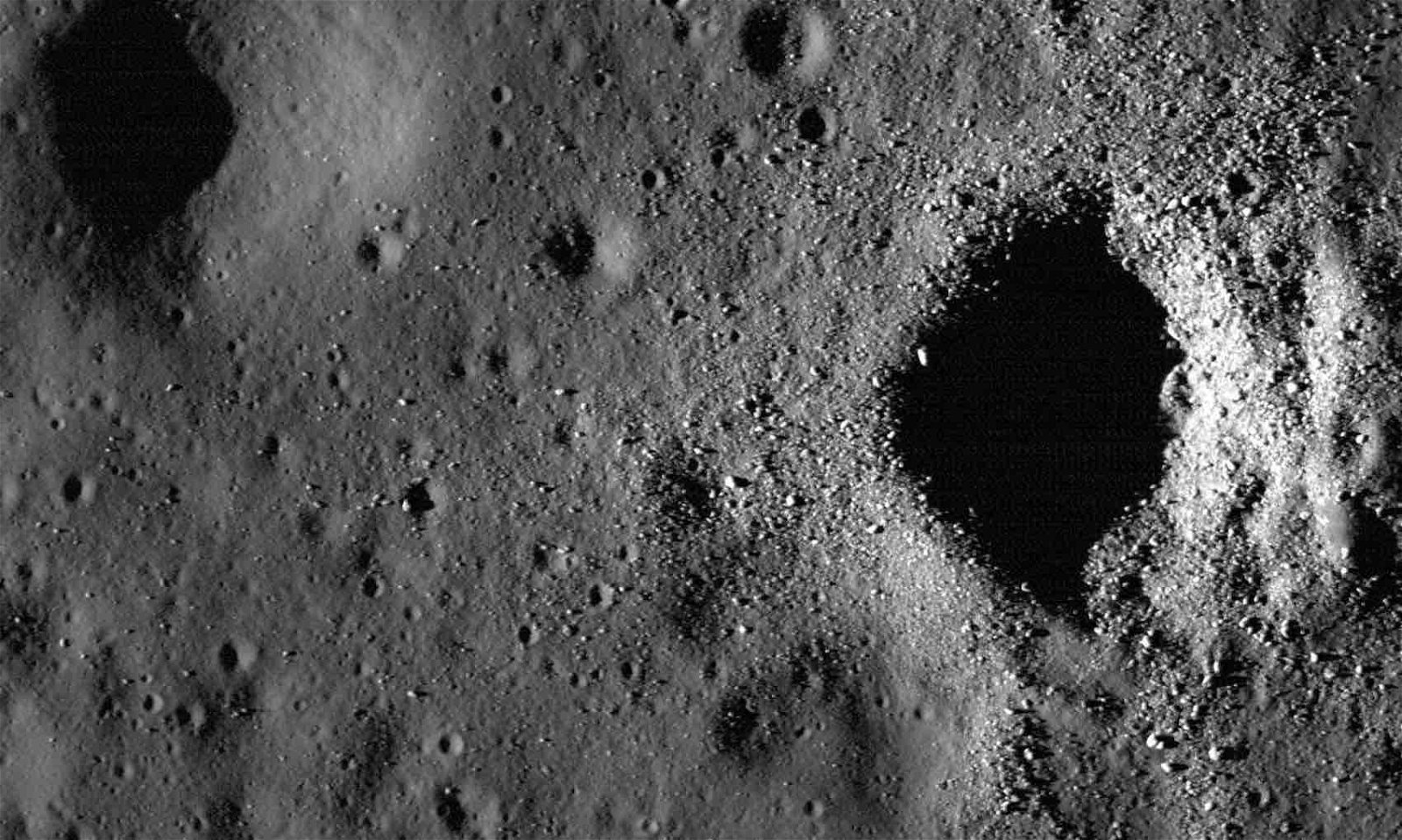

“One of the possible explanations for this is that most high-pressure minerals are unstable at high temperatures,” Du said in a statement, meaning that the ones that are likely to have been created during impact events may have undergone a retrograde process, meaning that the identifying characteristics of high-pressure conditions may not be readily apparent.
Fortunately, one silica fragment obtained in the CE-5 sample was found to possess both stishovite and seifertite, silica polymorphs that are unique because they should only be able to coexist under just such high-pressure conditions.
In their recent research, Du and his colleagues determined that seifertite becomes present in a phase that occurs between the formation of stishovite and another silica polymorph called α-cristobalite, which was also located in samples collected by Change’e-5.
According to Du, this means that seiftertite is likely to have formed from α-cristobalite as a result of compression that occurred following an impact event, whereas other portions of the sample would have become stishovite as a result of temperature increases.
Along with calculations that revealed the likely duration of the impact that formed the minerals and the peak pressure conditions that resulted, Du and his colleagues compared their data to shock wave models that allowed them to create estimates of the crater size.
An intriguing discovery made by the team involves the presence of materials believed to have resulted from ejecta from distant impact sites that were transferred to the site where Chang’e-5 collected its samples. Based on remote observations four craters were identified as sources of this ejecta, one of which had been the Aristarchus crater, which had been the likely source of the silica sample containing seifertite and stishovite.
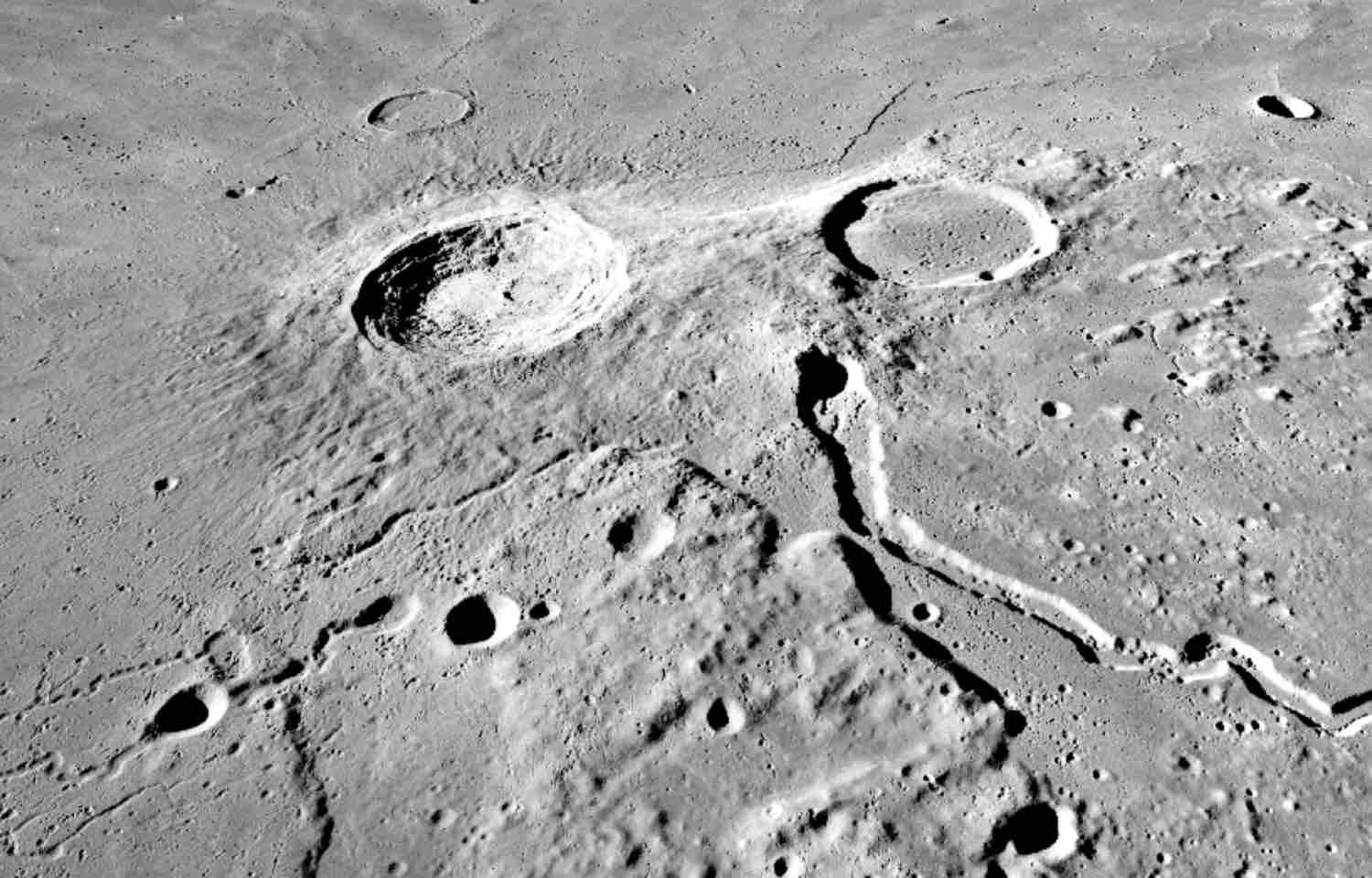

Aristarchus crater is unique for reasons other than being the youngest of the four craters believed to have contributed ejecta to the samples Chang’e-5 collected. For nearly two centuries, astronomers have observed anomalous flashes of light that appear to originate from within the center of the Aristarchus crater.
One early account of the phenomenon appeared in an 1836 letter from Captain W. Smyth in Monthly Notices of the Royal Astronomical Society, where he described his observation of “a light, resembling that of a star of the 9th or 10th magnitude”. Smyth reported that the unusual light source appeared “brilliant, and visible for several seconds together” and alluded to earlier observations of the same phenomenon “mentioned by Cassini, Sir W. Herschel, and Captain Kater,” among others.
Today, the Aristarchus “anomaly” is believed to result from the high reflectivity, or albedo, of lunar regolith located near the center of the crater, which could also be related to the presence of silicates found in the regolith there, and now also in the Change’e-5 samples.
Altogether, Du and his colleagues say the sample return mission has offered unprecedented insights into how the hidden history of celestial bodies like our Moon can be revealed through modern analysis techniques.
Du and his colleagues recently published their findings in Matter and Radiation at Extremes.
Micah Hanks is the Editor-in-Chief and Co-Founder of The Debrief. He can be reached by email at micah@thedebrief.org. Follow his work at micahhanks.com and on X: @MicahHanks.
